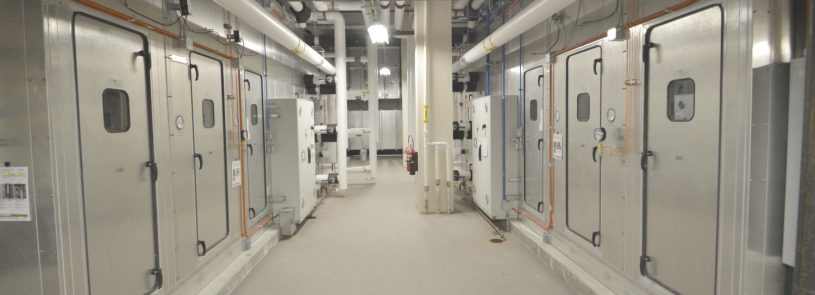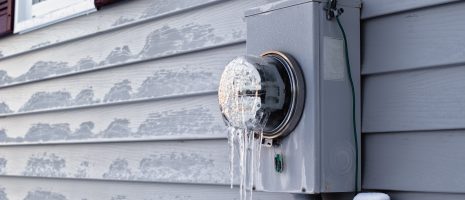Knowing how air filters differ is critical to proper selection

By Kevin Langan
Almost every air handling system has some level of air cleaning capability in the form of air filters. Air filters are used to capture a portion of airborne particles passing through an HVAC unit for two main reasons: to protect equipment components from accumulating debris and to reduce the quantity of air contaminants inside the building environment.
But even though filters are ubiquitous in air handling systems, the endless options available can be daunting. It’s important to understand these different options and how they function.
Air filters can vary in the following ways:
The size and type of particle filtered. Particles captured by air filters are sorted into three categories: dusts, fumes, and smokes; mists, fogs, and smog; and bioaerosols (viruses, bacteria, mold spores, allergens, dander, and endotoxins). The portion and size of air particles captured determines the removal efficiency of an air filter.
Filtration mechanisms. In general, air filters function by forcing air to flow through a fibrous media. As the air flows through, some of the particles in the air are captured by the media. However, there are different mechanisms utilized to capture those particles with the filter media. The five main particle-capturing mechanisms are straining, inertial impingement, interception, diffusion, and electrostatic effect.
Filter styles. Variables surrounding the design of a filter — such as media material, media assembly style, filter installation style, edge sealing style, and filter size — can be adjusted to achieve a balance between filtration efficiency, air resistance, particle holding capacity, leakage potential, and cost.
To learn more about air filtration options and strategies, read my recently published article in Consulting-Specifying Engineer, “What’s so important about air filtration?”












